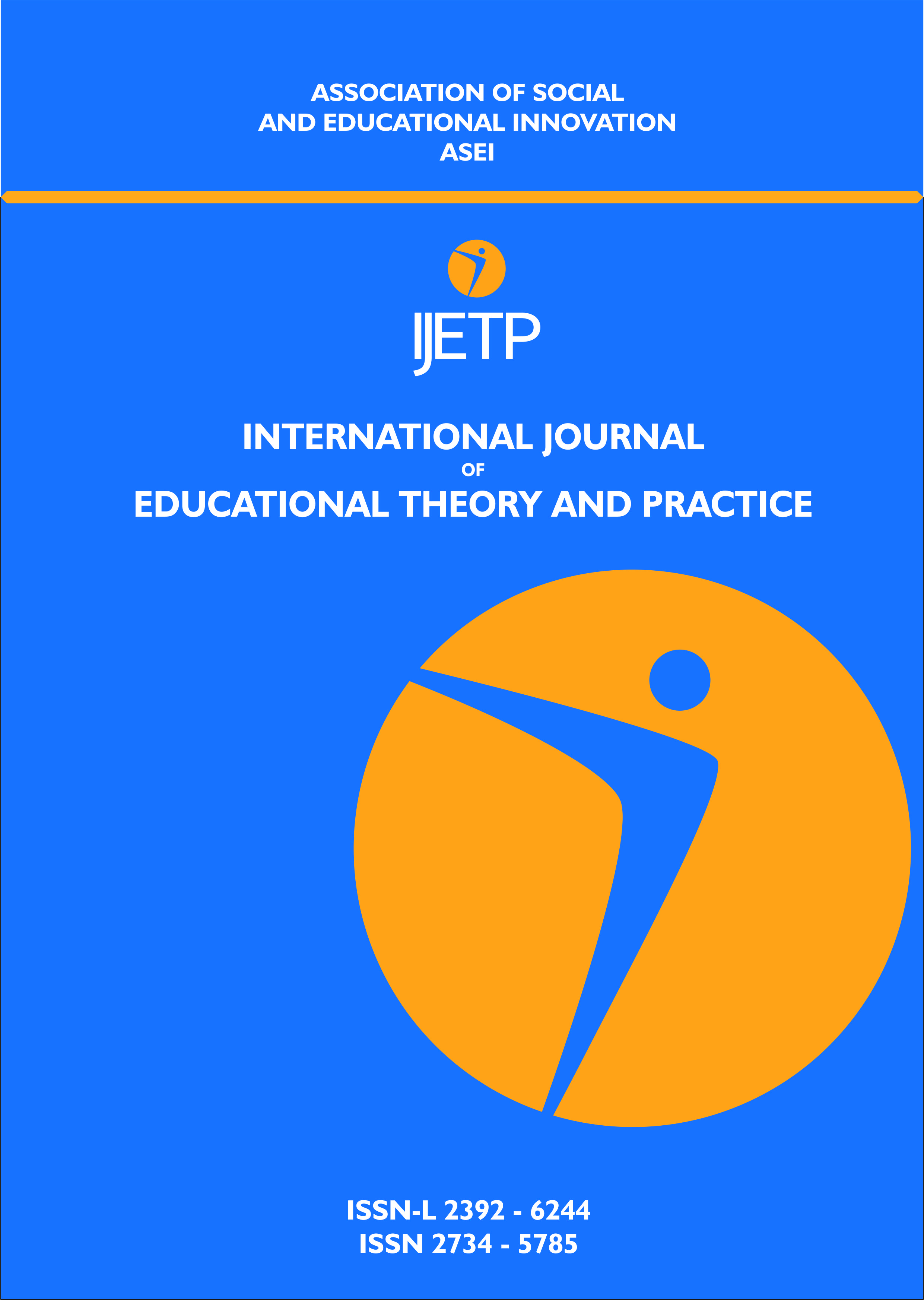THE ROMANIAN HIGH SCHOOL EDUCATION
AT THE END OF THE 19TH CENTURY AND THE BEGINNING OF THE 20TH CENTURY
EVOLUTION AND STATISTICS
THE ROMANIAN HIGH SCHOOL EDUCATION
AT THE END OF THE 19TH CENTURY AND THE BEGINNING OF THE 20TH CENTURY
EVOLUTION AND STATISTICS
Author(s): RUSU Anca ElenaSubject(s): Language and Literature Studies, Education, Foreign languages learning, Applied Linguistics, Studies of Literature, Epistemology, Adult Education, Philology, Pedagogy
Published by: Association of Social and Educational Innovation (ASEI)
Keywords: census; statistics; evolution; education; reforms; legislation; Spiru Haret;
Summary/Abstract: According to the study of the Romanian education legislation, the primordial goal was to highlight the evolution of the reforms and of the Romanian education organization based on the Public Instruction Law in december 1864, pointing out the period between 1896 and 1910, but also emphasizing subsequent consequences of Haret legislation, within the evolution of Romania under the auspices of the social and economic context and within the internal and international policies.If the census of 1859 and 1860 did not provide a special literacy related column, the most optimistic approximations could not exceed 10% of the total population. As for the 1899 census the percentage increased to 22% and for the 1912 census to about 40%. Therefore, Romania was at the bottom of a possible European classification concerning the literacy, but made visible efforts to reduce the gap compared to the developed countries.Thus, the general population census published by the Ministry of estates under the care of chief of general statistics, Leonida Colescu, estimated that Romanian population raised to 5, 956,000 people by the end of the year, all of which 4,694,288 persons were older than 7 years. This census found an overall percentage of 78% illiterate, and for the rural population the percentage raised up to 84.4%.The outcome of all efforts made by the Romanian authorities and by the Romanian school representatives would be visible through the august 1909 census of the literates, when the total country population was of 6,771,772 inhabitants, and the reviewed number was of 5,047,342, thus arising that 74.5% of the country population were reviewed.
Journal: International Journal of Educational Theory and Practice (IJETP)
- Issue Year: 6/2019
- Issue No: 12
- Page Range: 22-30
- Page Count: 9
- Language: English

